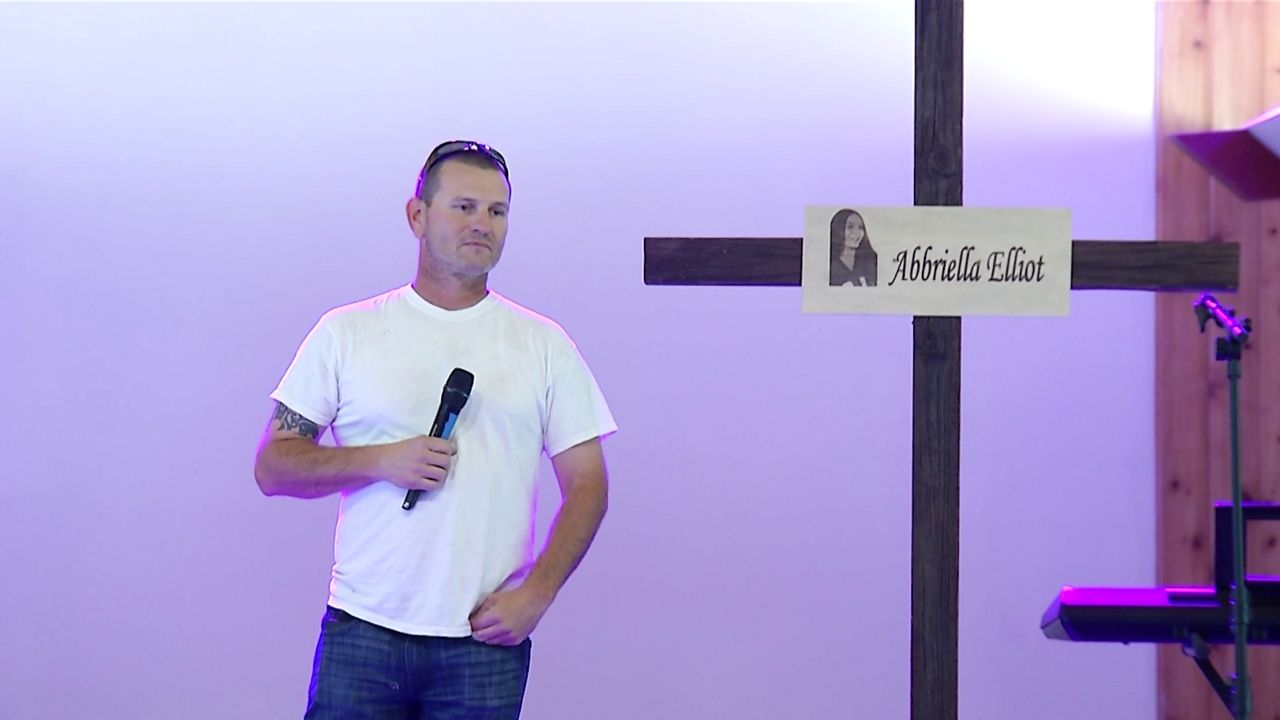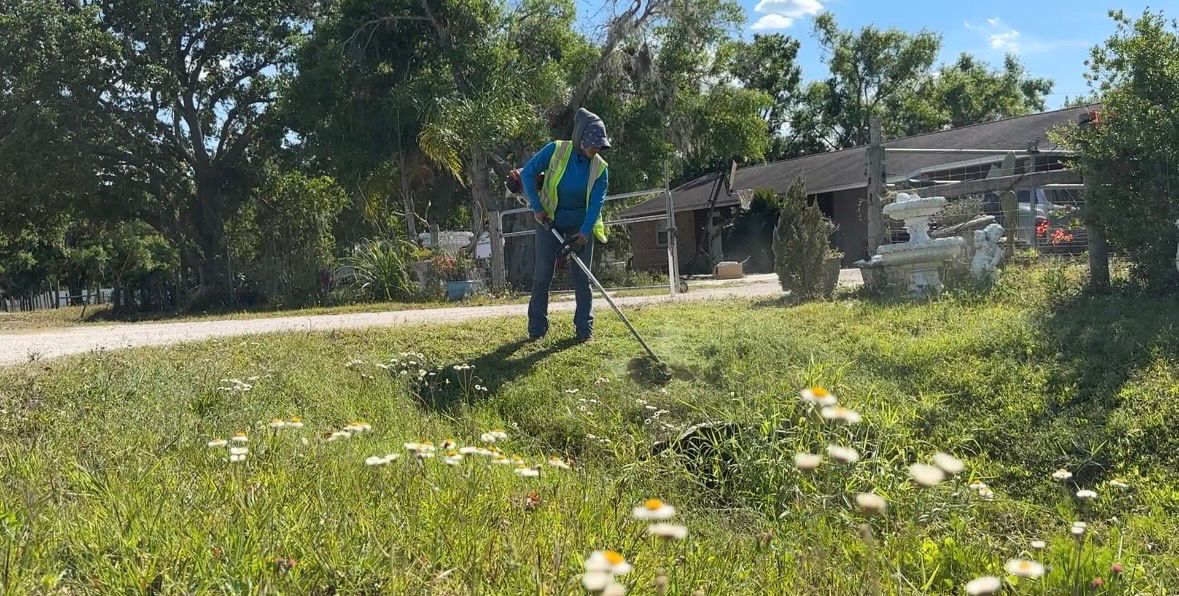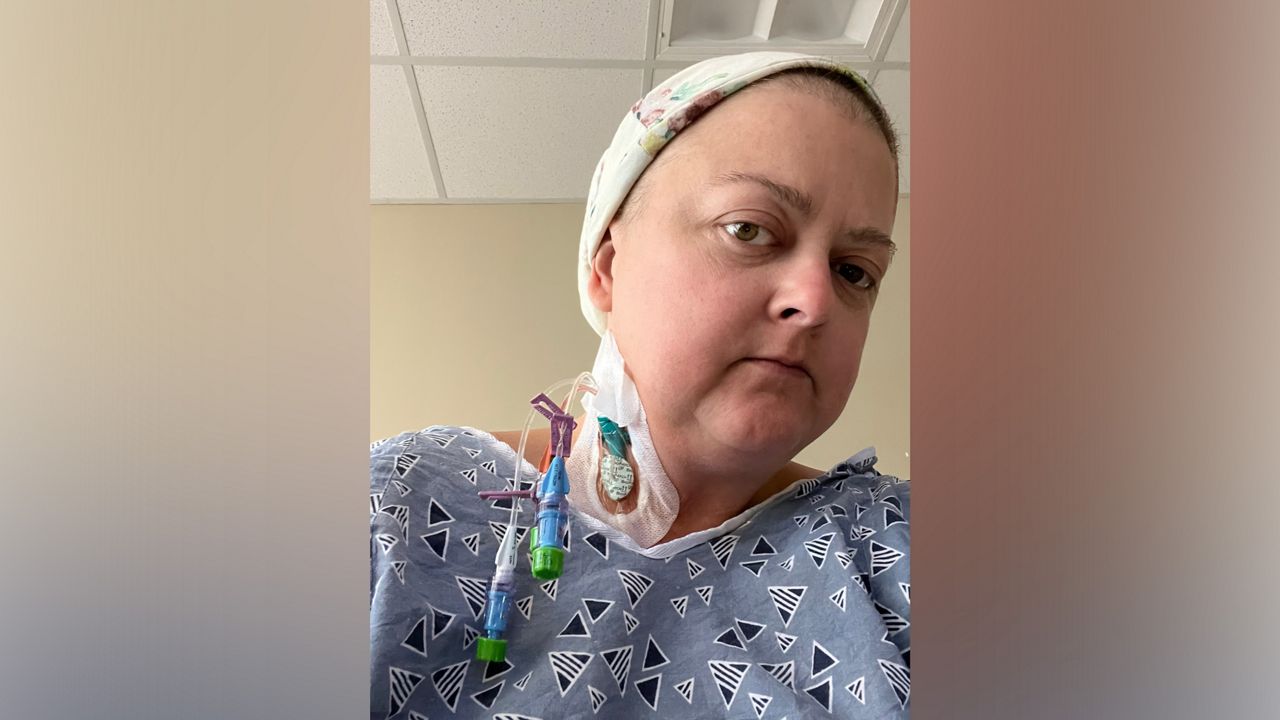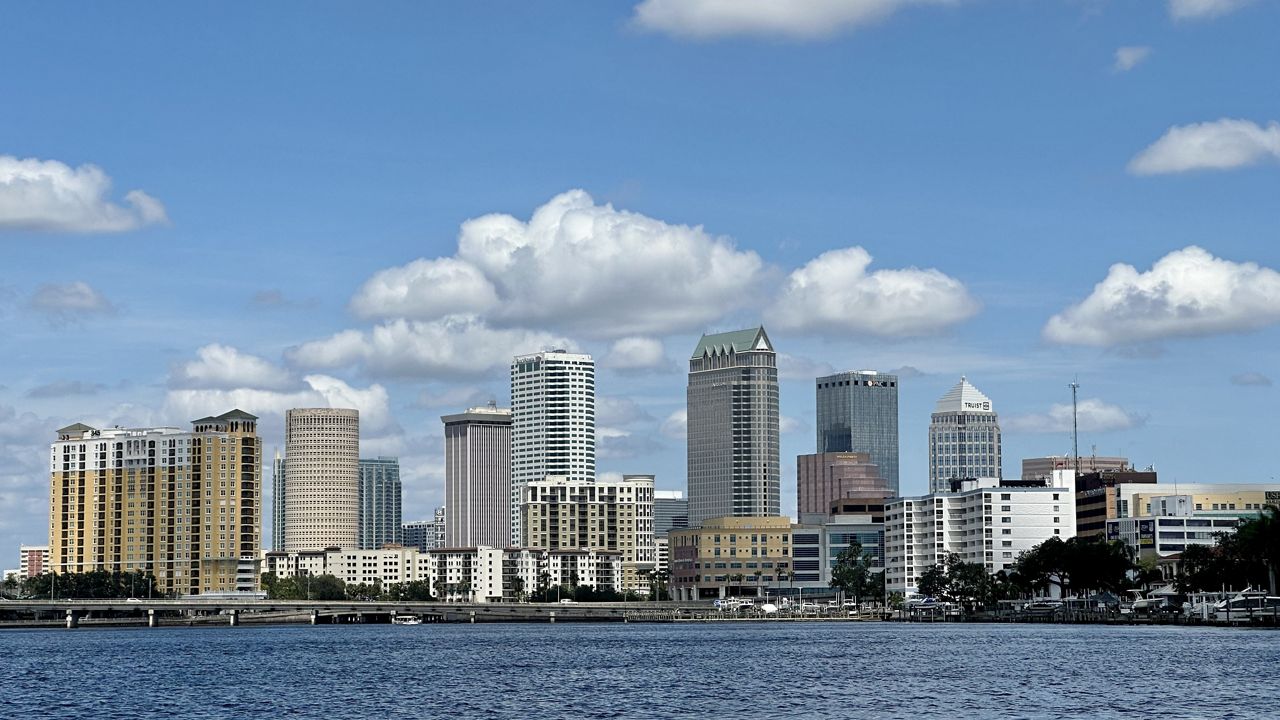SAFETY HARBOR, Fla. — A walk through Philippe Park in Safety Harbor means taking a journey through history. It dates back more than a thousand years, when the Tocobaga tribe built their capital city.
What You Need To Know
- Researchers believe a part of Philippe Park sits on a Native American burial ground
- The Tocobaga tribe occupied the land until the Spanish arrived in the 1500s
- Park officials have stopped reserving the area in question and will close the nearby playground in March
“This site, the people here, the native town of Tocobaga, they’re sort of the rightful namesakes of Tampa Bay,” said Thomas Pluckhahn, an anthropology professor at the University of South Florida.
The Temple Mound at Philippe Park, built by the Tocobaga, is the county’s only historic site listed in the National Register of Historic Landmarks. It is believed the Tocobaga occupied the land from approximately the year 900 until the Spanish arrived in the 1500s.
A few years ago, Pluckhahn and a group of students performed archaeological testing on the land at Philippe Park to find out what remains of the Tocobaga tribe.
“Substantial portions of the village are still intact,” Pluckhahn said. “There definitely has been some impacts from some of the park developments, but large portions of the village are still intact and need to be better preserved.”
There have been previous land studies done by archaeologists with the Smithsonian Institute and the University of Florida. Pluckhahn’s study, published in 2021, also suggests there’s a burial mound up to 15 feet tall and 100 feet wide centered around Picnic Shelter No. 9. The shelter is a popular spot because it’s next to a playground.
“I think it’s a safe assumption not only that there’s bone here, but that it’s become kind of dispersed by the excavations and subsequent activities in this area,” he said.
Pluckhahn shared his findings and recommended there be no more ground disturbance. As a result, park officials have stopped accepting reservations at Picnic Shelter No. 9 and will close the playground once a new one is completed in March in another area of the park.
“History really teaches us a lot about ourselves, especially in a hyper-local way,” said Monica Drake, operations manager of Heritage Village. “Right now, people are very interested in the history of this site so we’re really committed to understanding it a little bit better and definitely interpreting it.”
County officials are working with state archaeologists and other stakeholders to confirm if there are, in fact, graves near Picnic Shelter No. 9 and if they can eventually take out the structure and playground without further disturbing the land. Pluckhahn commends the county’s action.
“I think we have to assume that this was where the burial mound is and just leave it alone, is what I see as the next step,” he said. “That gets into now what do we do with the picnic shelter - it’s a substantial structure. You risk disturbing the ground if you try to take it out.”
Instead, Pluckhahn suggested the county repurpose the picnic shelter into a learning center and also ask descendant groups how they would like to use the sacred space.









